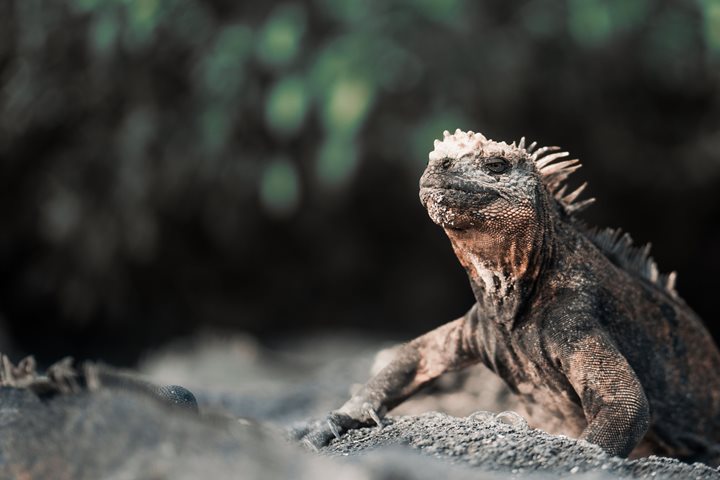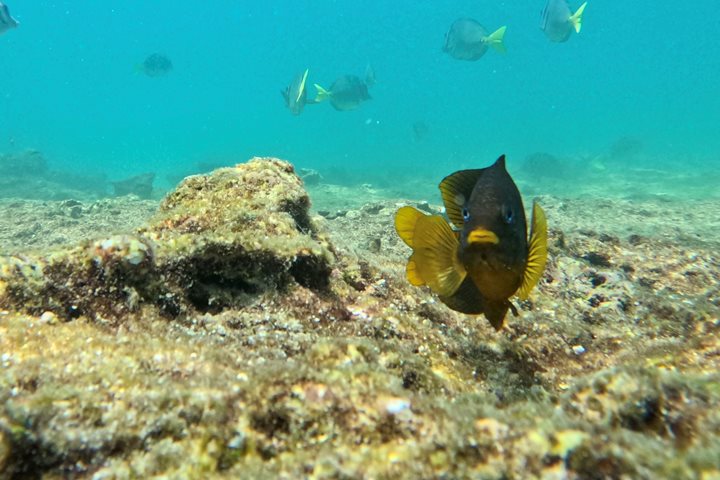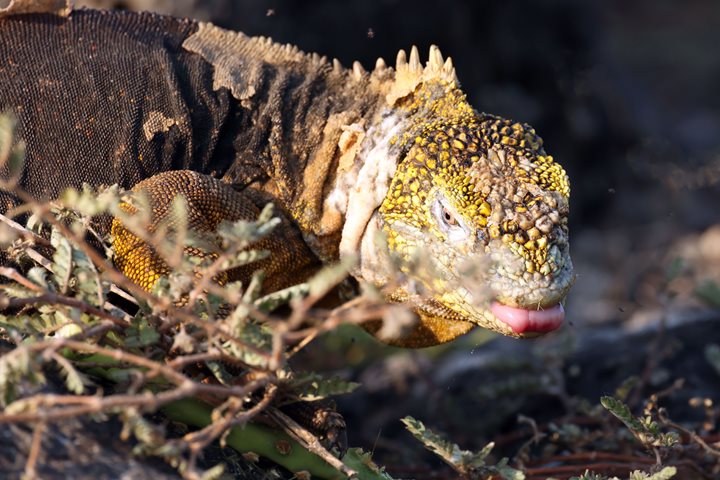Fernandina Island is one of the youngest and most pristine islands in the Galapagos archipelago, and it was the destination of our recent expedition. Situated in the western part of the Galapagos, the island offers a unique opportunity to explore a virtually untouched natural paradise.
Upon landing on Fernandina Island, we were immediately struck by its stark and dramatic landscape, dominated by the active La Cumbre Volcano. The island’s marine life was equally captivating. A snorkeling outing revealed a rich underwater world teeming with unique species. We encountered marine iguanas, Galapagos penguins, sea lions, and various species of sharks and rays. These encounters provided invaluable insights into the adaptations of marine life to the island’s challenging conditions.
Fernandina Island’s terrestrial biodiversity is equally remarkable. Guests observed the critically endangered flightless cormorant, the Galapagos hawk, and numerous marine iguanas. Our expedition to Fernandina was a remarkable journey into one of the world’s most untouched and pristine natural environments. The island’s unique biodiversity and rugged beauty serve as a stark reminder of the importance of protecting these fragile ecosystems for future generations.
In the afternoon, we explored Punta Vicente Roca, a stunning site on Isabela Island in the Galapagos archipelago. This remote location is renowned for its pristine marine environment, rugged coastline, and unique geological features.
Characterized by towering cliffs and crystalline waters, Punta Vicente Roca offered us an exceptional opportunity for snorkeling and diving. The underwater world was nothing short of breathtaking. We encountered an abundance of marine life, including Galapagos penguins, sea turtles, various species of sharks, and an array of colorful fish. Cold water currents create a rich feeding ground for these species. The rugged shoreline provides a habitat for nesting blue-footed boobies, flightless cormorants, and marine iguanas.







